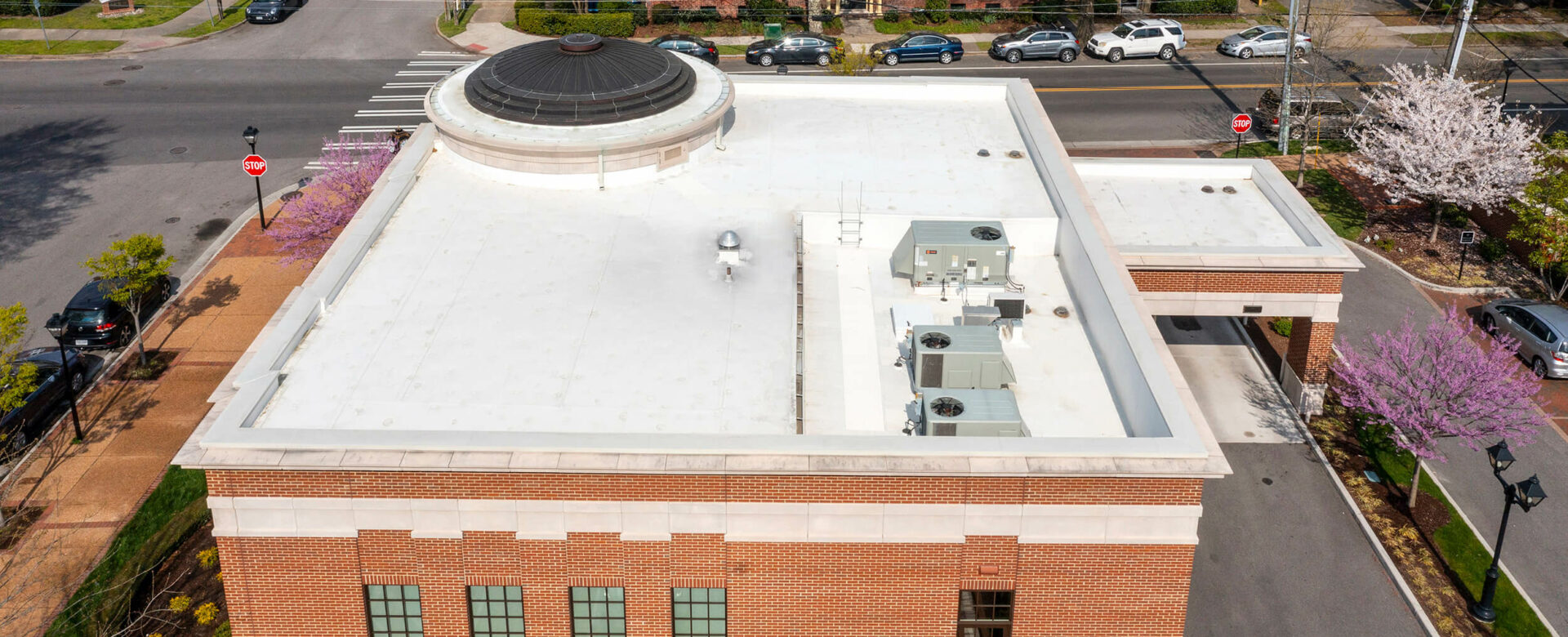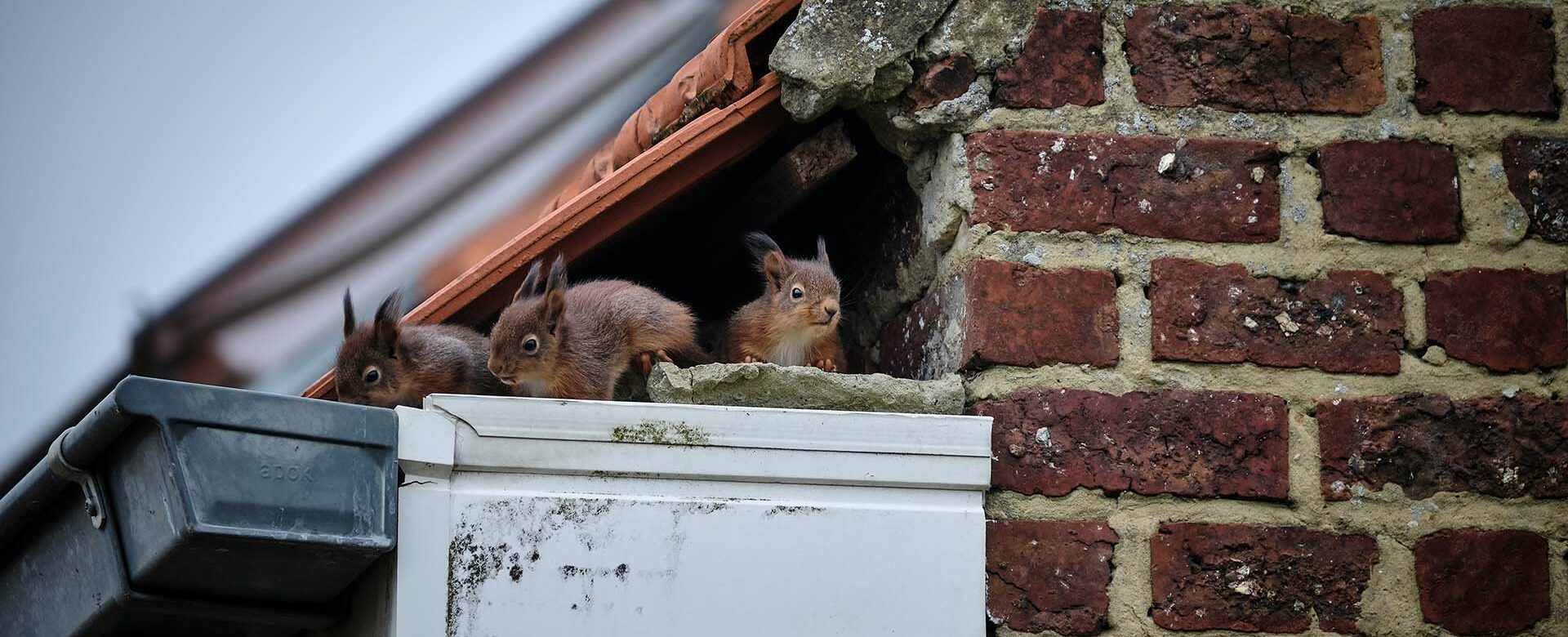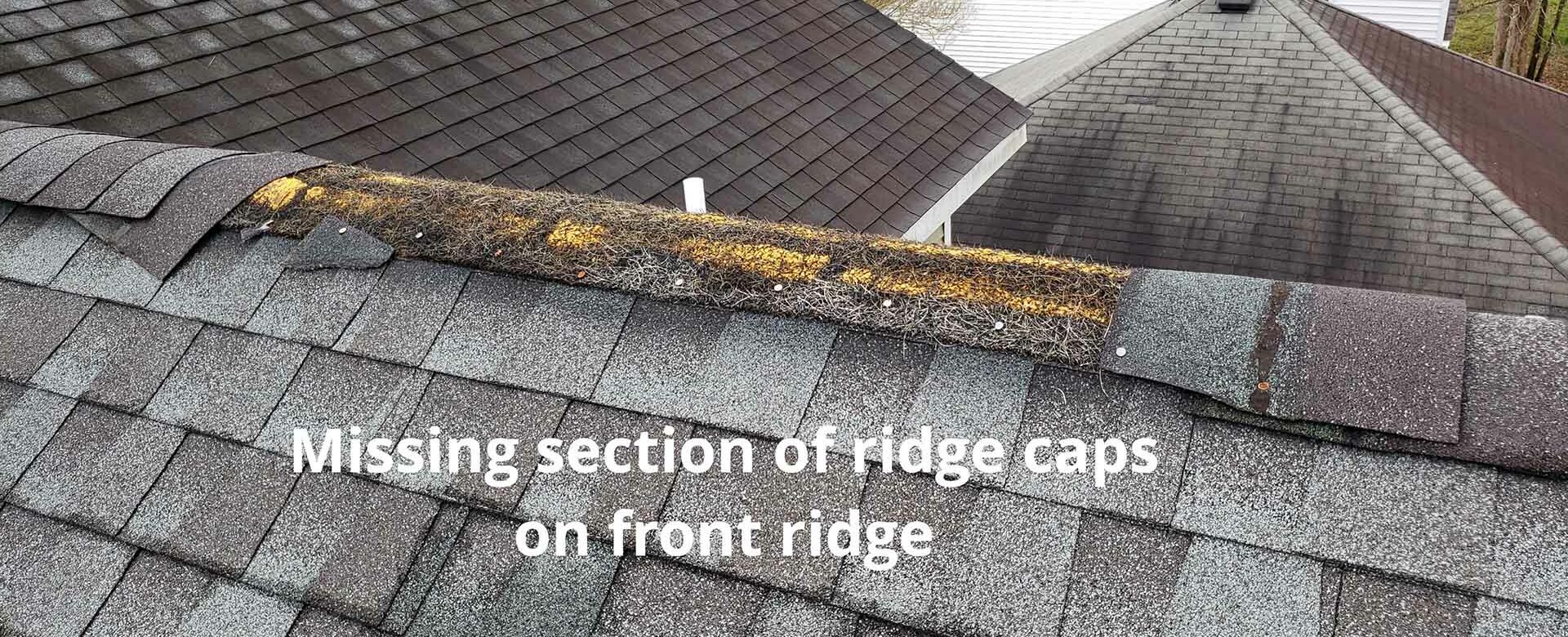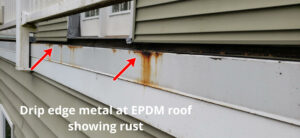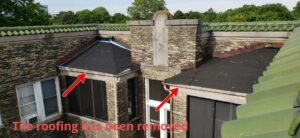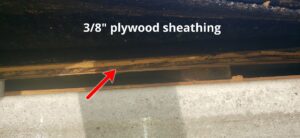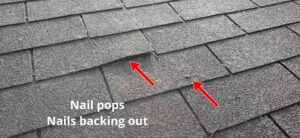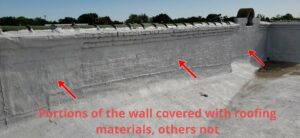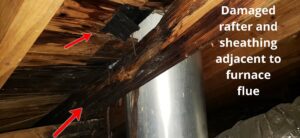A new roof may be one of the largest investments you make in your home.
So, once you’ve made that upgrade, it’s important to protect it. Most people don’t spend much time thinking about their roof – until something goes wrong. But some forethought and a little regular maintenance can extend its life and the value you get out of it. Here are a few tips on how to extend the life of this important home investment.
Keep those gutters clean
One of the most critical things you can do to help your roof remain healthy and stable is to keep your gutters clean and clear of debris. When gutters are clogged, water can push up under the shingles, causing rot and damage to the sheathing below. Clogged gutters can also cause excess water to fall off the edge of the gutter and right toward your home’s foundation. Over time, this can cause foundation cracks, moisture damage, termites, basement flooding and more.
While it’s critical to keep your gutters clean, it’s also important to stay safe. If you plan to clean your own gutters, always do so with another person who can stabilize the ladder while you clean. Otherwise, find a locally owned and operated company who provides professional gutter cleaning services and get on their schedule for regular seasonal or semi-annual maintenance.
Do a regular visual inspection
A simple visual inspection once a month, or right after large storms, can help identify potential trouble spots. Things to look for include cracked or curled shingles, missing flashing, loose shingles or flashing, or mold or mildew build up on shingles. Inside your home you can do regular visual inspections in your attic or crawl space. Check for damp areas, excessive drafts, and of course – obvious holes or water damage.
If you see any of these issues, give your roofing contractor a call. There may be warranties on your roofing materials that could help solve the issue. If there has been true damage to your roof or interior, it may also be time to call your insurance agent.
Keep your roof clean
In addition to being unsightly, areas of mold, mildew and algae on your roof can actually lead to more serious damage. Mildew can cause shingles to warp over time, losing their stability and protective purpose. It can also be indicative of worse water damage to your roof’s sheathing. We do not recommend cleaning your roof yourself, as this can be a dangerous activity. Find a qualified, professional cleaning service who can do this for you on an as-needed basis.
Trim your trees
One of the best ways to prevent damage to your roof is to keep the trees and landscaping around your roof trimmed and maintained. Trees with overhanging branches should be cut back by a professional tree service as should any nearby dead or dying trees. After any major storms, check the trees on your property to make sure no branches have broken and gotten caught up on lower limbs – these can become damaging flying debris in the next storm.
Keep an eye on your attic
Your attic is the foundation of a healthy roof. It provides two critical elements for a long roof life: ventilation and insulation. Proper ventilation in your roof, along with appropriate insulation, eliminates moisture build up that can combine to cause rafters and sheathing to rot, shingles to buckle, and insulation to lose its effectiveness. A licensed contractor can help if you think either of these two things may be lacking in your attic.
Call a professional roofing company
If your self-inspections reveal any of the issues mentioned above, it’s important to call a local, licensed roofing company. Roof repairs are too serious and potentially dangerous to be DIY. Protect the rest of your home by maintaining a healthy roof alongside a trusted roofing company.
If you’ve noticed any issues with your roof, or would like to have your roof inspected for damage and deterioration, contact Andrews Roofing today. We’d be happy to come out to your home and help determine what your next best steps are – whether that’s a roof repair or replacement.
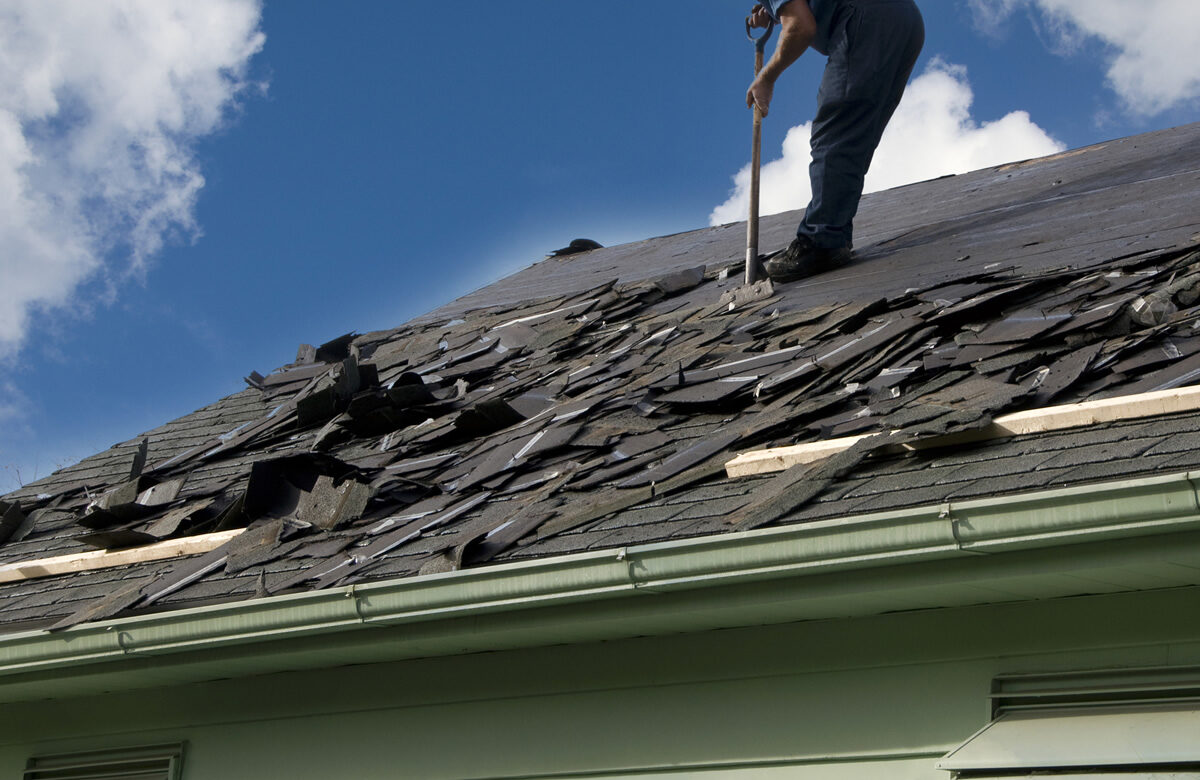
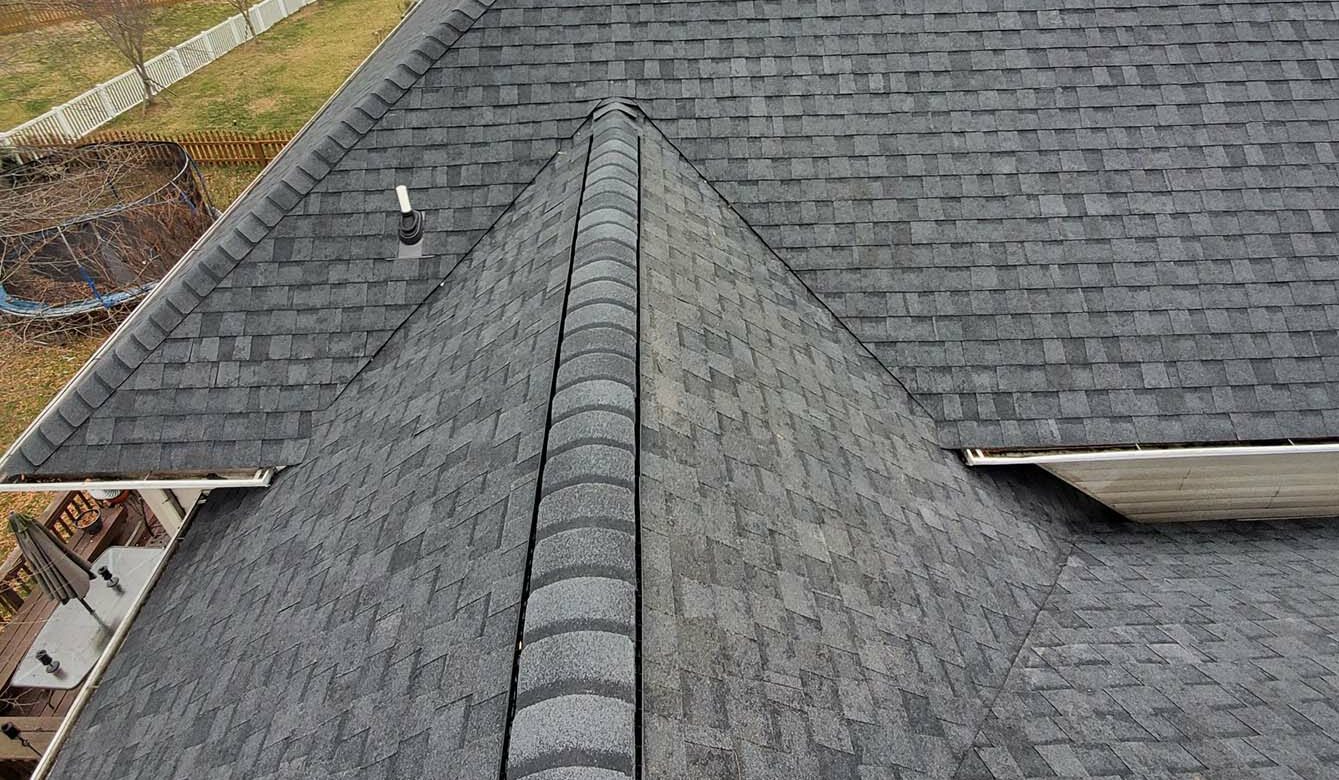
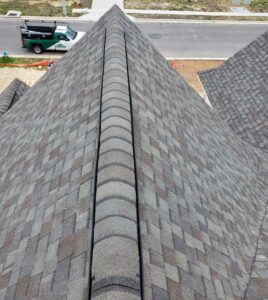 As the weather changes from cold to mild to hot in Hampton Roads, you may find yourself fiddling with the thermostat more than usual. The dramatic changes in temperature that the spring season brings to southeast Virginia can affect a lot of systems around your house, and your roof is no exception.
As the weather changes from cold to mild to hot in Hampton Roads, you may find yourself fiddling with the thermostat more than usual. The dramatic changes in temperature that the spring season brings to southeast Virginia can affect a lot of systems around your house, and your roof is no exception.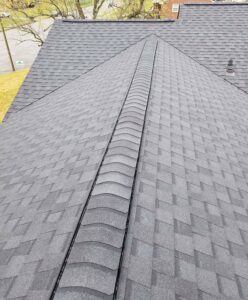 Your roof is highly susceptible to temperature changes both inside and outside of your home due to the sheer surface area and exposure to the elements. This is why proper ventilation is critical. In fact, ventilation may be the most important factor in roof durability. It’s easy to focus on the durability factors of your roofing materials – the lifespan of metal versus asphalt shingles versus composite materials and so on. But no matter how well made a roofing material is, if it’s installed over an unventilated roof, it’s bound to fail.
Your roof is highly susceptible to temperature changes both inside and outside of your home due to the sheer surface area and exposure to the elements. This is why proper ventilation is critical. In fact, ventilation may be the most important factor in roof durability. It’s easy to focus on the durability factors of your roofing materials – the lifespan of metal versus asphalt shingles versus composite materials and so on. But no matter how well made a roofing material is, if it’s installed over an unventilated roof, it’s bound to fail.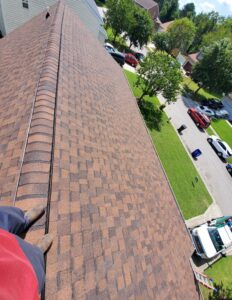
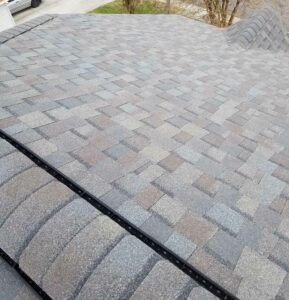 In addition to this free flow of air, insulation can play a key role in proper attic ventilation. Ideally an attic will have a gap-free layer of insulation on the attic floor to protect the house below from heat gain or loss. It will also have a vapor retarder under the insulation and next to the ceiling to stop moisture from rising up from the home into the attic space. Then there should be enough vented spaces to let air in and out, and finally, there should be a minimum of one inch between the insulation and the roof sheathing. With these systems in place, your attic and roof are likely to stand the test of time.
In addition to this free flow of air, insulation can play a key role in proper attic ventilation. Ideally an attic will have a gap-free layer of insulation on the attic floor to protect the house below from heat gain or loss. It will also have a vapor retarder under the insulation and next to the ceiling to stop moisture from rising up from the home into the attic space. Then there should be enough vented spaces to let air in and out, and finally, there should be a minimum of one inch between the insulation and the roof sheathing. With these systems in place, your attic and roof are likely to stand the test of time.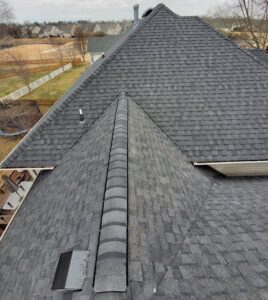 The best way to ensure that all of the proper ventilation measures have been taken to extend the life of your roof is to work with a qualified, licensed roofing contractor. At Andrews Roofing, we’ve been providing Hampton Roads homeowners with high quality roofing services for years, and we are experienced with the unique seasonal and meteorological issues that homes in this area face. If you’re concerned about your roof receiving ideal ventilation or if you need your roof system repaired or replaced,
The best way to ensure that all of the proper ventilation measures have been taken to extend the life of your roof is to work with a qualified, licensed roofing contractor. At Andrews Roofing, we’ve been providing Hampton Roads homeowners with high quality roofing services for years, and we are experienced with the unique seasonal and meteorological issues that homes in this area face. If you’re concerned about your roof receiving ideal ventilation or if you need your roof system repaired or replaced, 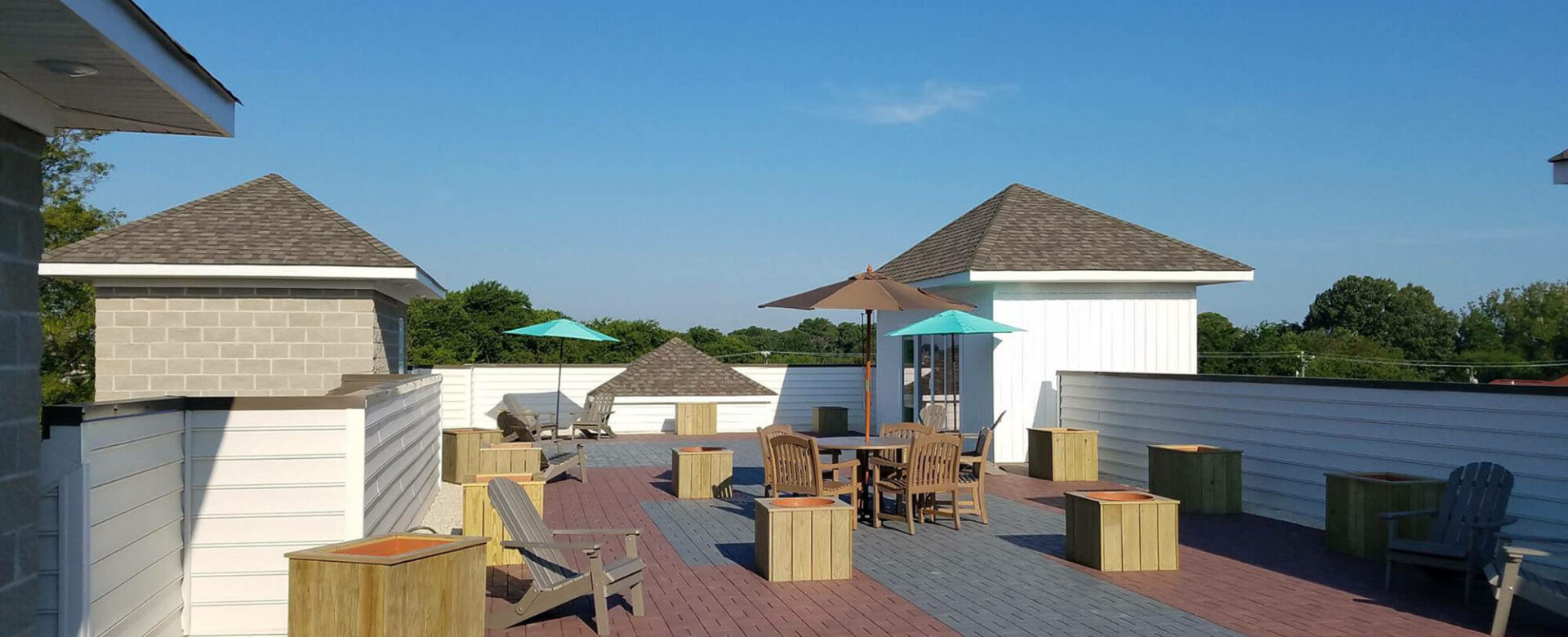
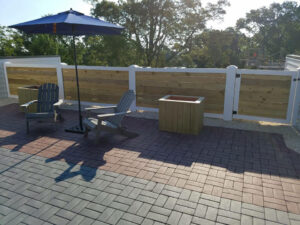 What is a Walkable Roof?
What is a Walkable Roof?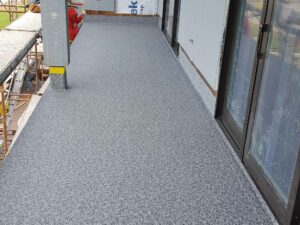 Can rubber pavers be used for decks and balconies?
Can rubber pavers be used for decks and balconies?